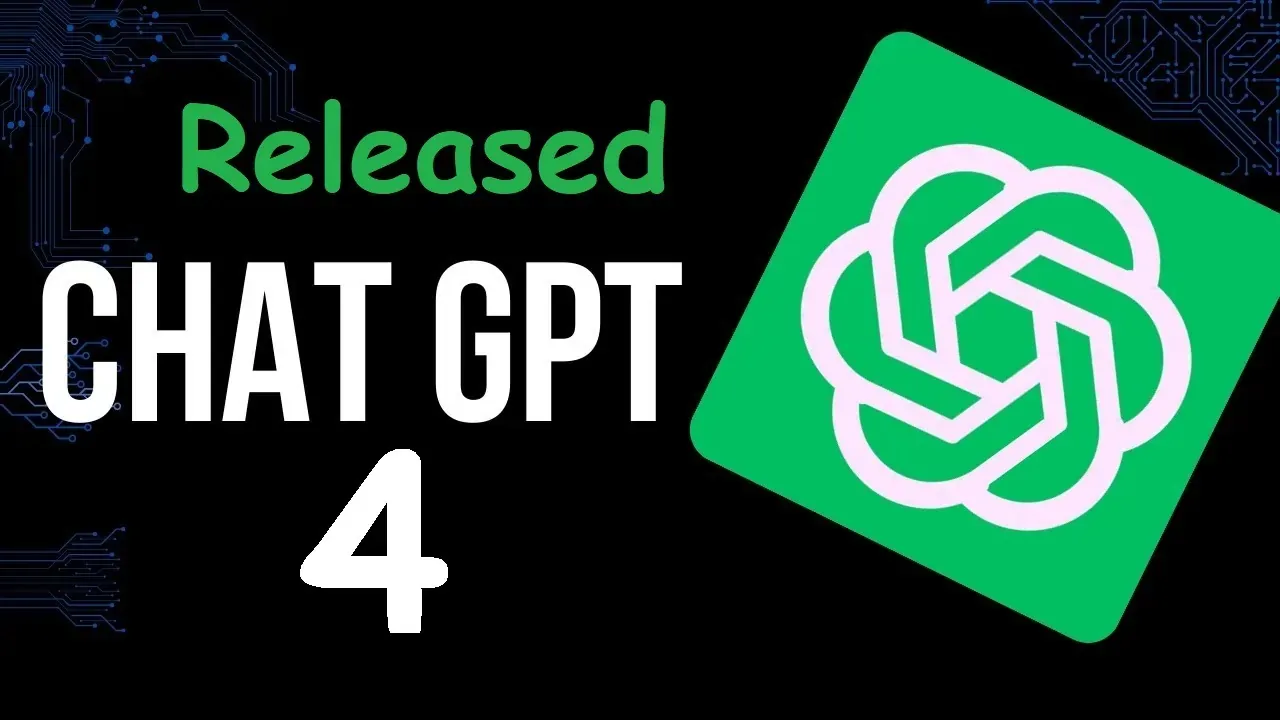
OpenAI, the renowned artificial intelligence research institute, has finally revealed its much-anticipated GPT-4, the latest model in its line of AI language models. The company claims that GPT-4 is more creative and collaborative than its predecessors and has better problem-solving abilities, thanks to its broad general knowledge.
OpenAI has already collaborated with several companies to integrate GPT-4 into their products, including Duolingo, Stripe, and Khan Academy.
Distinction Between GPT-4 and GPT-3.5
OpenAI has stated that the distinction between GPT-4 and its predecessor, GPT-3.5, is subtle in casual conversation.
However, when faced with more complex tasks, the differences between the systems become clear. OpenAI's latest improvements can be seen in GPT-4's performance on various tests and benchmarks, including the Uniform Bar Exam, LSAT, SAT Math, and SAT Evidence-Based Reading & Writing exams. In these tests, GPT-4 scored in the 88th percentile and above.
Multimodal Capabilities
Many AI researchers had speculated that GPT-4 would be a huge leap over previous models, with multi-modal capabilities that integrate text, audio, and video. OpenAI confirmed that GPT-4 is indeed multimodal, but in fewer mediums than some had predicted.
The system can accept both text and image inputs and emit text outputs. OpenAI says that the ability to parse text and image simultaneously allows it to interpret more complex input.
Journey to GPT-4
The journey to GPT-4 has been a long one, with OpenAI and AI language models building momentum slowly over several years before rocketing into the mainstream in recent months. The original research paper describing GPT was published in 2018, with GPT-2 announced in 2019, and GPT-3 in 2020.
These models are trained on huge datasets of text, much of it scraped from the internet, which is mined for statistical patterns. These patterns are then used to predict what word follows another.
Challenges and Problems
The wider availability of AI language models has created problems and challenges. The education system is still adapting to the existence of software that writes respectable college essays, and online sites like Stack Overflow and sci-fi magazine Clarkesworld have had to close submissions due to an influx of AI-generated content.
Early uses of AI writing tools in journalism have been rocky at best. However, some experts have argued that the harmful effects have still been less than anticipated.
OpenAI has unveiled its latest language model, GPT-4, which promises to be more creative, collaborative, and multimodal than its predecessors. The company has already partnered with several leading companies to integrate the system into their products, and GPT-4's performance on various tests and benchmarks looks promising.
GPT-4 is a large multimodal model (accepting image and text inputs, emitting text outputs) that, while less capable than humans in many real-world scenarios, exhibits human-level performance on various professional and academic benchmarks.
Your can check the ChatGPT Research paper [PDF], View system card [PDF] or Try ChatGPT Plus to know more about the GPT-4.